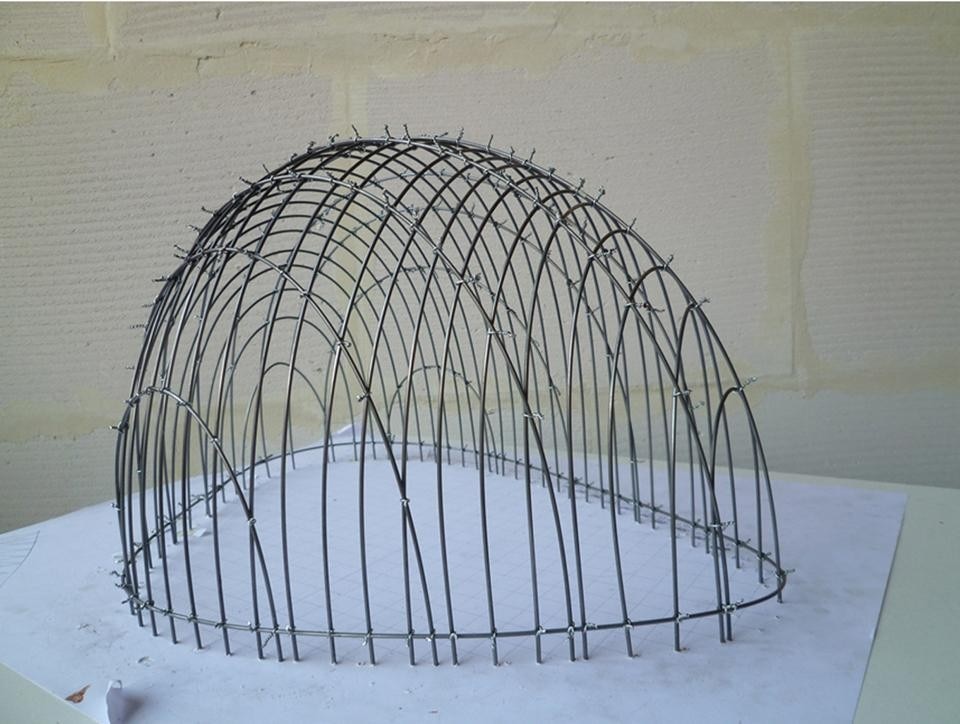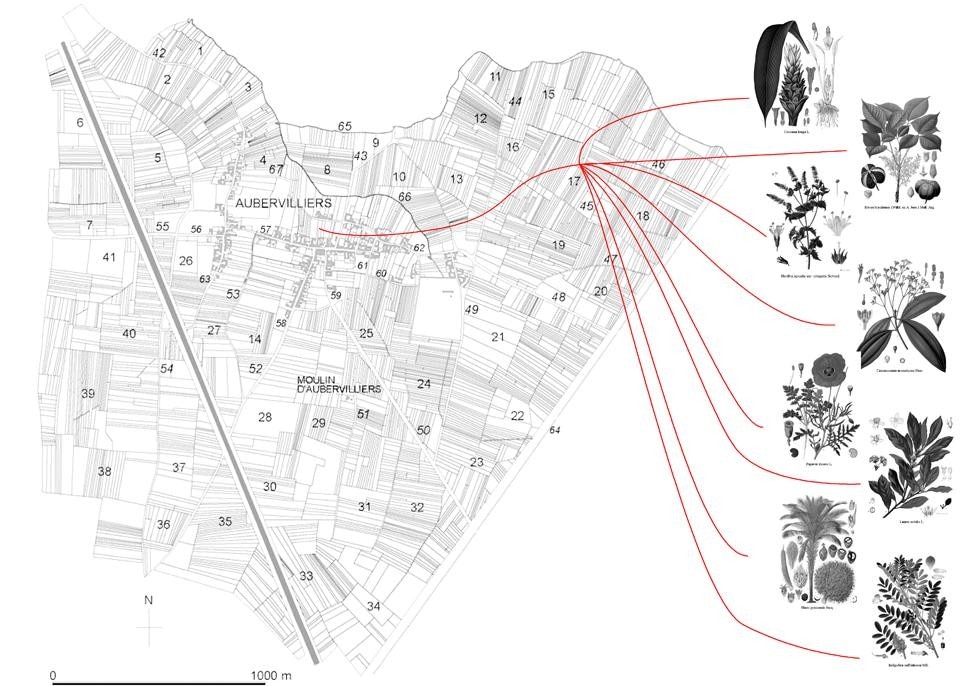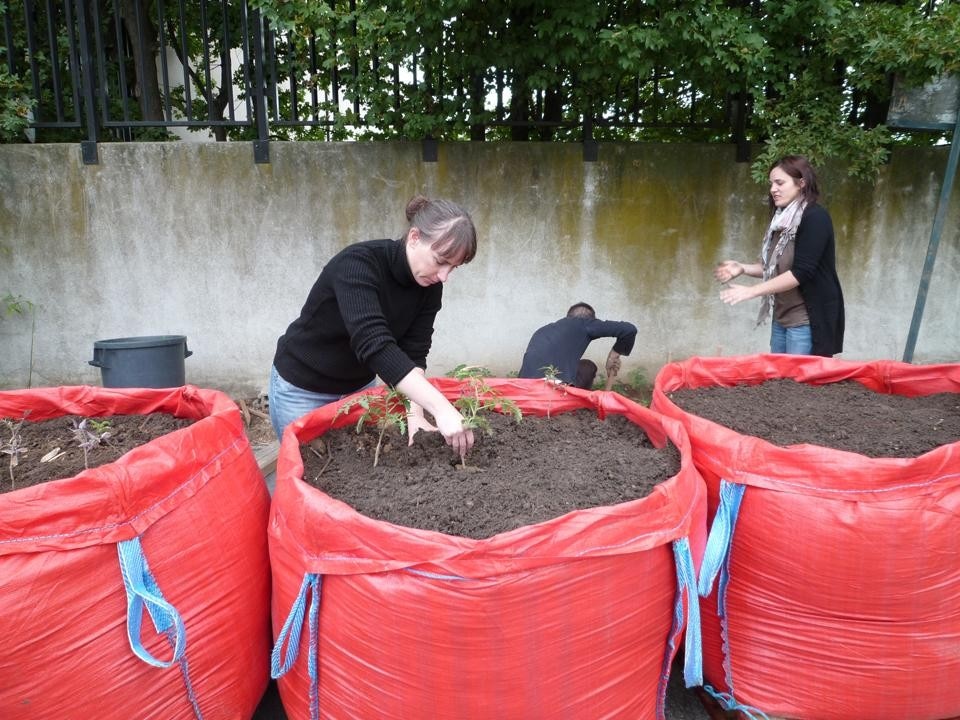La Semueuse was created from an idea developed by architects Séverine Roussel e Philippe Zourgane (RozO architects)—in Milan during a workshop at Naba—together with Slovenian artist, Marjetica Potrc. It was then realized at Laboratoire, the cultural center in Auervillier, a municipality of the Parisian banlieue.
Riccarda Mandrini: How was the Semeuse project born?
Rozo: We worked on the idea of using vegetation as an agent to reveal the multicultural condition.
There is not very much vegetation in Aubervilliers, but is there a lot to say about the multicultural condition?
In the collective imagination, Aubervilliers seems worse than it really is. It is a located on the northern outskirts of Paris and, even if very few people know this, it has an important agricultural history. In the not-so-distant past, it was a rural area of vital importance for Paris. In Aubervilliers, all kinds of vegetables were grown and they were known to be the best on the market. The area came to be called la Plaine des Vertus (the plains of virtue). Aubervilliers has always been a multiethnic and multicultural area. Workers came here not only from different French regions but also from the colonies. Later it was intensely industrialized and then in the last decades it was hit by high unemployment and everything that comes with it. What we did with the artist Marjetica Potrc was to work with vegetation, elevating it to a political instrument, showing how the multi-ethnicity that characterizes the municipality can be transferred to the landscape.
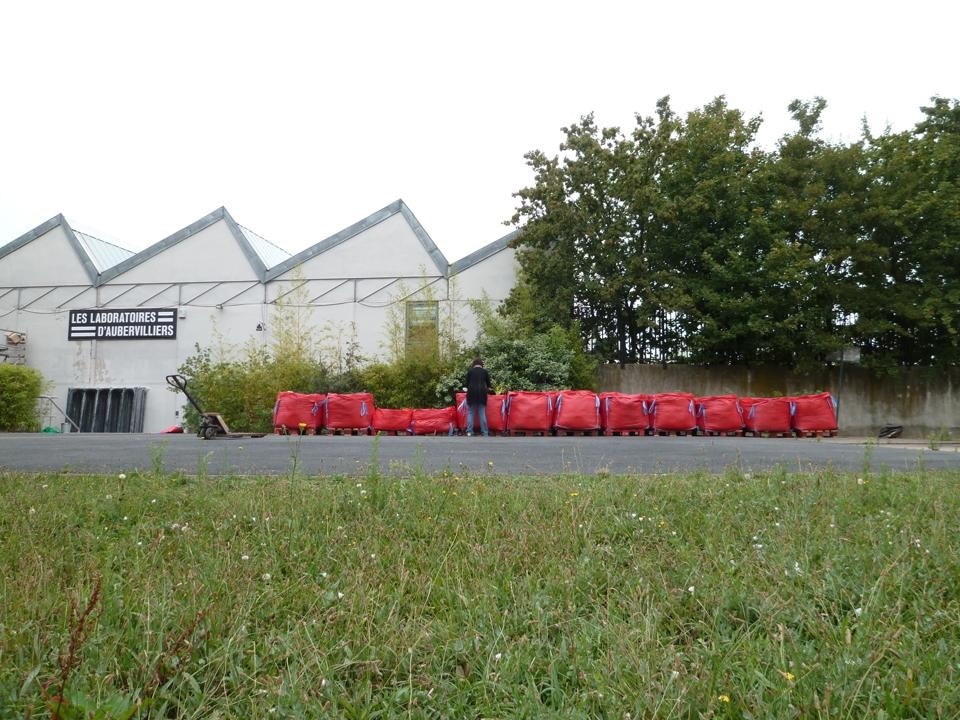
What we created is a cultural device. La Semeuse is a kind of nursery, a place to reproduce and grow plants with the requirement that they be cultivated with the request of the inhabitants.
How?
Let me give you an example. We saw that many Aubervilliers citizens have maintained the cooking and eating habits of their countries of origin and, often, certain herbs and spices that cannot be found here are needed to cook these dishes. The diffusion of these indigenous plants comes about through exchange: people exchange seeds and then cultivate them by themselves. From here we started the idea of the Seed, la Semeuse.
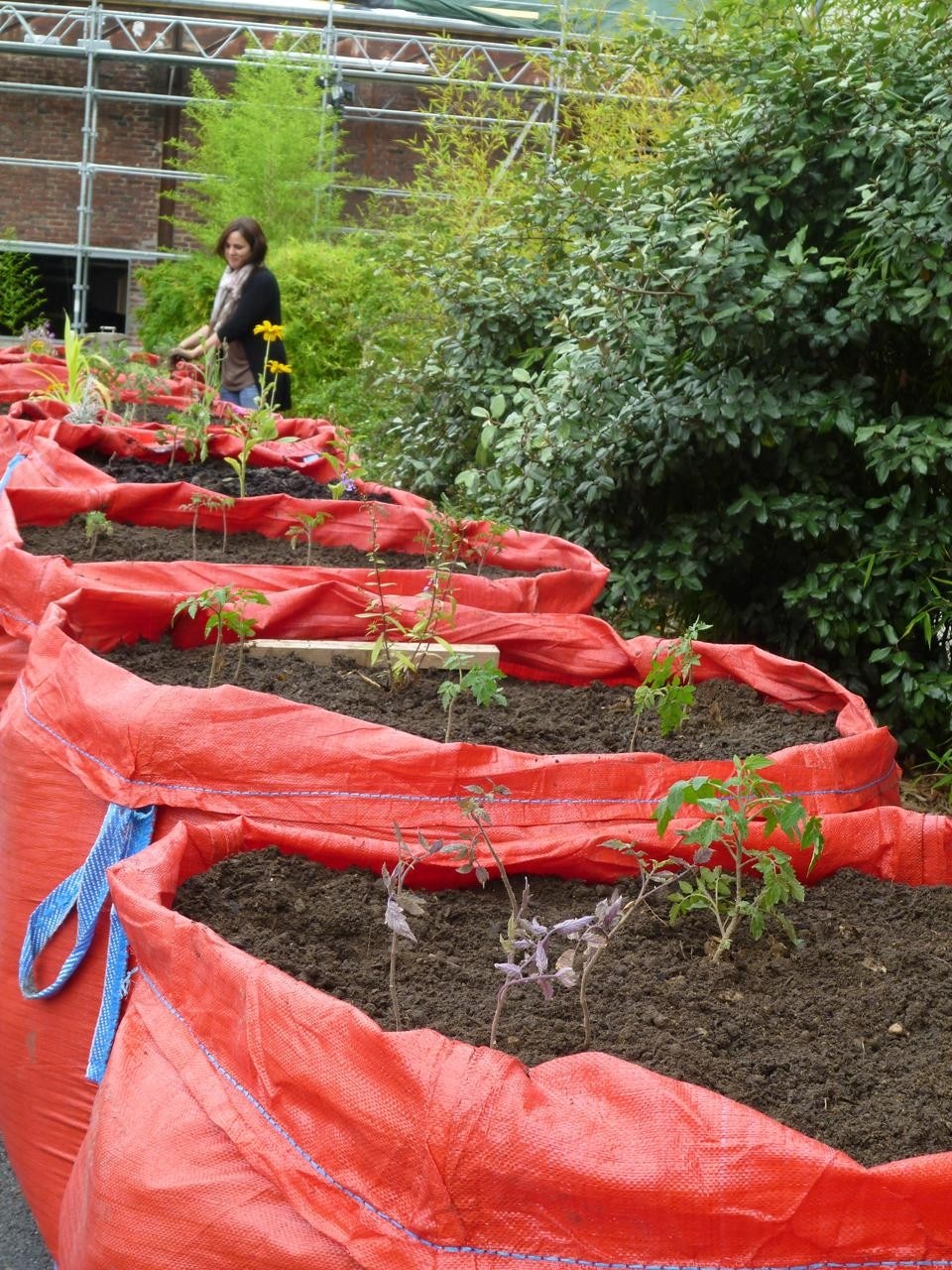
Throughout history, movements of plants have played an important role—sugarcane, tobacco, rubber; it was one of the first vectors of colonization and the means that allowed the East India Company to become, and remain for two-and-a-half centuries, a powerful commercial force. In Europe, the plants that came from the colonies gave impetus to intense modernization. In fact, the various Companies were quoted on the Paris and London stock markets.
So if someone needs exotic plants for domestic use, they can turn to La Semeuse?
The real intention is to give life to a project of exchanges. Each person can bring plants that are found in their countries of origins but are difficult to find in France. This is a simple way of introducing one's own culture to others. The idea, as I said, is to make a plant—in this case having great cultural value—available to everyone, to see it grow, to transform it into a public project instead of simply cultivating it on one's own balcony. La Semeuse will develop in two distinct ways: the seed bank and the plant bank, even involving gardeners from the city. The seeds in the banks were put into mobile containers. Many of the seeds and plants were provided by associations like Une Oasis dans la Ville in order to involve the broadest possible number of different subjects.
The real intention is to give life to a project of exchanges. Each person can bring plants that are found in their countries of origins but are difficult to find in France. This is a simple way of introducing one's own culture to others.
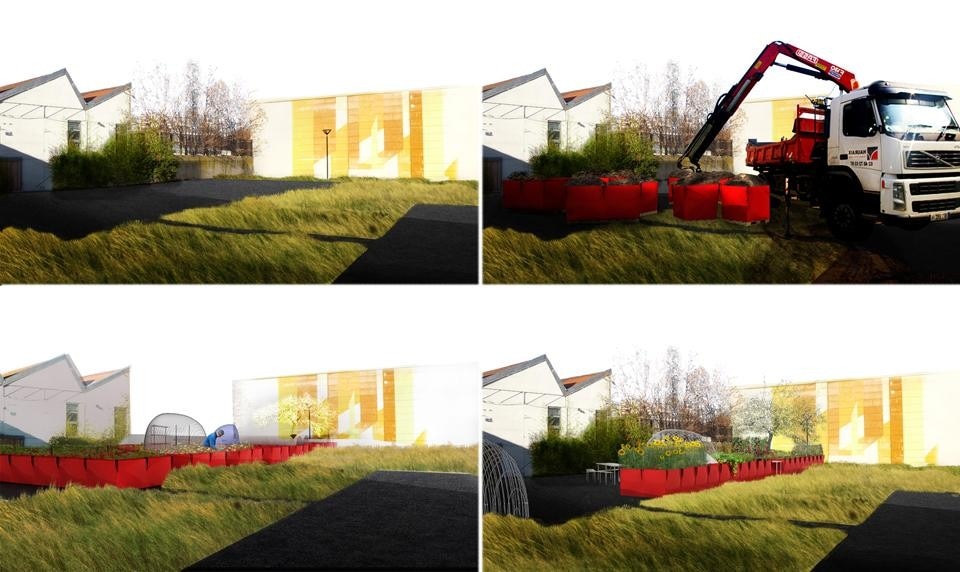
Our office Rue de Chapon took its name from the street in which it is located. Originally, the building was a space for two agricultural warehouses and was surrounded by farms. We are not interested in the classical architectural office closed within four walls, but rather a space where different levels of activity intersect and where their potential can emerge.
There are also lofts that have been rented, offices and even a space for artistic production. This last space has a very high ceiling and so it was rented by a company of artistic acrobats who rehearsed for a performance held in Théatre de Chatelet. People could come watch rehearsals.
The project for the space in Rue de Chapon regarded, of course, its structure but above all its management. For us what's important is that people live there so that we don't feel closed within the rigid dimension of architecture, or that of the office or even that of the arts.
